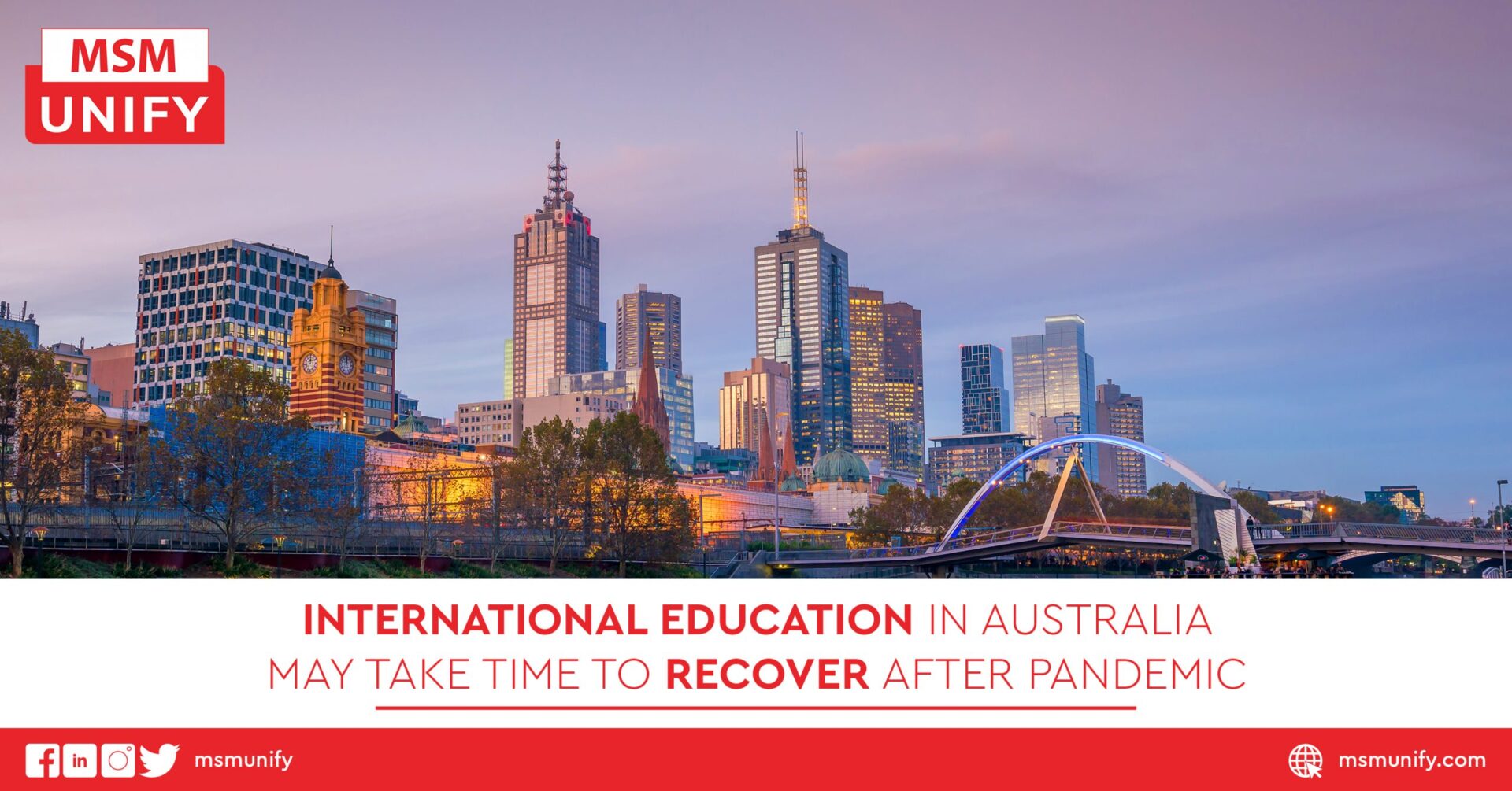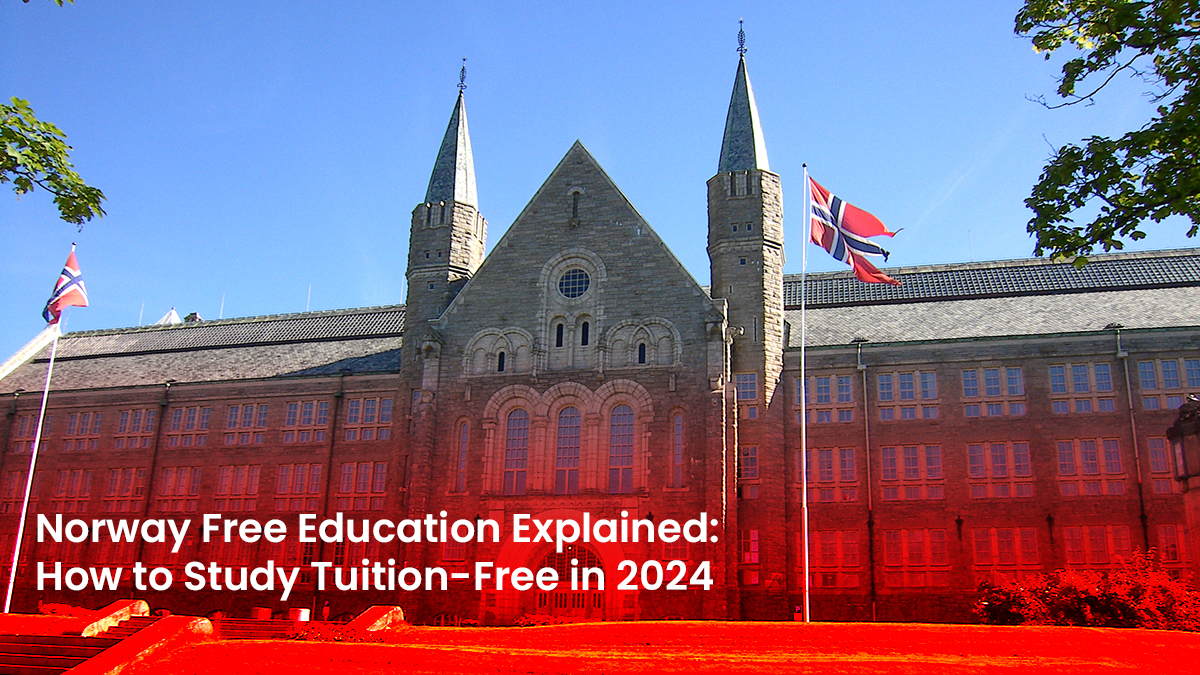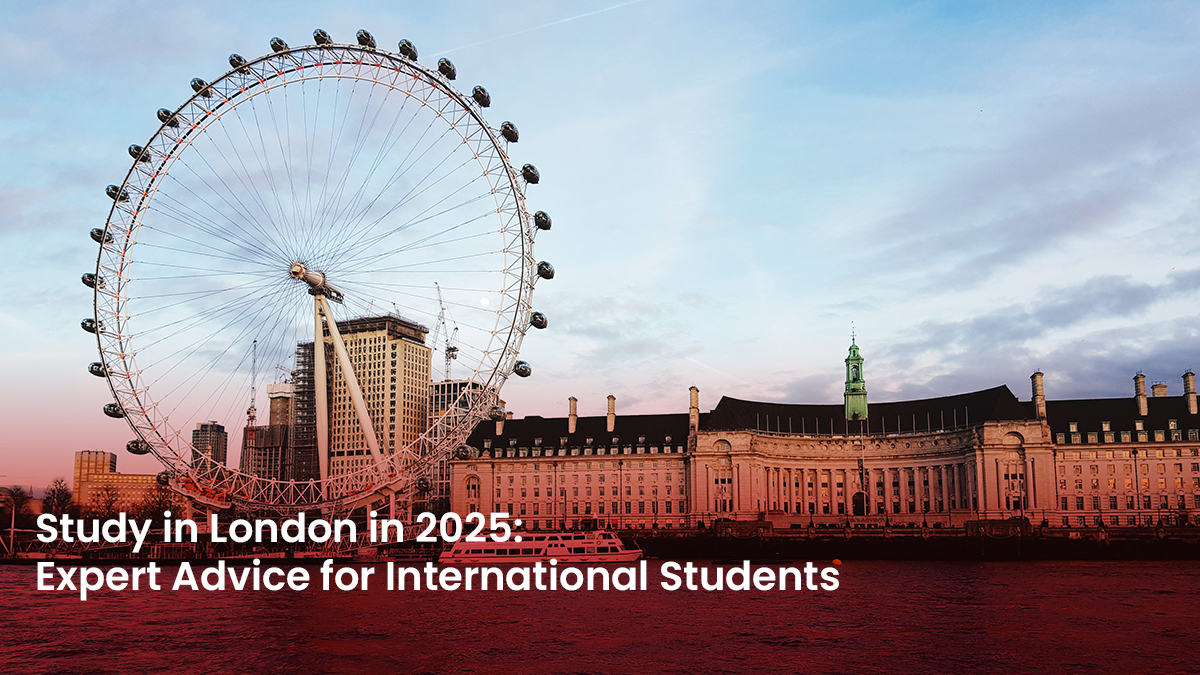The international education sector in Australia has not been spared from the after-effects of the pandemic. Even if the country reopens its doors for new international students, the disruptions in enrollment in the past two years have a long-term negative effect.
For instance, there are around 145,000 student visa holders who are unable to head to the country to study because of pandemic restrictions. As the government has reopened its borders recently, these student visa holders are yet to decide whether to continue the application or not. This kind of problem that the educational sector faces now is called the “pipeline effect.”
What is the pipeline effect?
Experts define the pipeline effect as a disruption in the flow of students. Because of the global COVID-19 pandemic and ensuing lockdowns and restrictions, the flow of students traveling to and studying in Australia, for example, was significantly disrupted.
Since the global pandemic and lockdown began in March 2020, international student visas have been reduced by 205,854 or 33.5 percent. To make matters worse, a number of these students would be studying offshore because of strict border restrictions.
Key Takeaways:
- As of October 2021, there are 266,000 international student visa holders in Australia – down from the 578,000 in October 2019.
- Despite Australia’s border reopening, there are still some 145,000 students who are offshore due to border restrictions.
- The pipeline effect is the disruption of the flow of international students to a country, in this case, Australia.
Data also shows that as of October 2021, there are only 266,000 international student visa holders in Australia. This is a far cry from the 578,000 visas back in October 2019. The Australian Bureau of Statistics notes that the value of international education has fallen to AU$5.5 billion as of June 2021 quarter, compared to AU$9.1 billion during the same quarter in 2019.
Arguably the actual impact is felt by the economic sector that relies heavily on international student inflow. These include student accommodation providers, education agents, and universities with a large international student population.
Yet even as international students begin to return to Australia, it is noted that the flow will take time to normalize. There will still be those students who will take pathway programs before enrolling in the university. And roughly 50 percent of these students are concentrated within the “Group of Eight” universities and institutions, as per data taken in 2020.
All told, the international education sector still has some ways to go before borders will totally open up and the flow of international students to Australia and other parts of the world goes back to normal.
MSM Unify is your one-stop source platform that connects students, higher education institutions, and agents in Australia and worldwide. Sign up now to get the latest updates and information on international education.
You May Also like
What’s in Store for International Students Returning to Australia?
International Students Can Return to South Australia As Quarantine Hub Receives Approval












